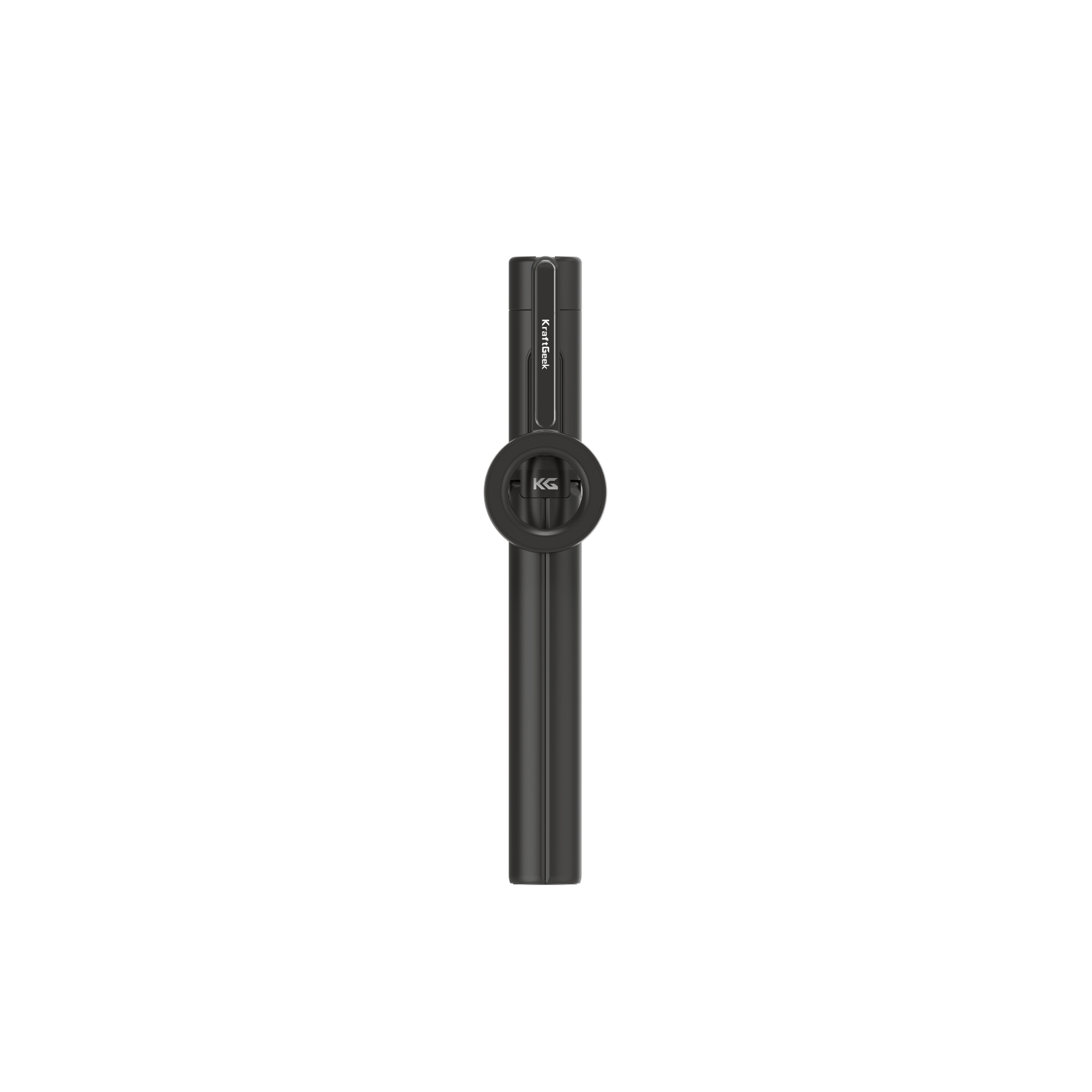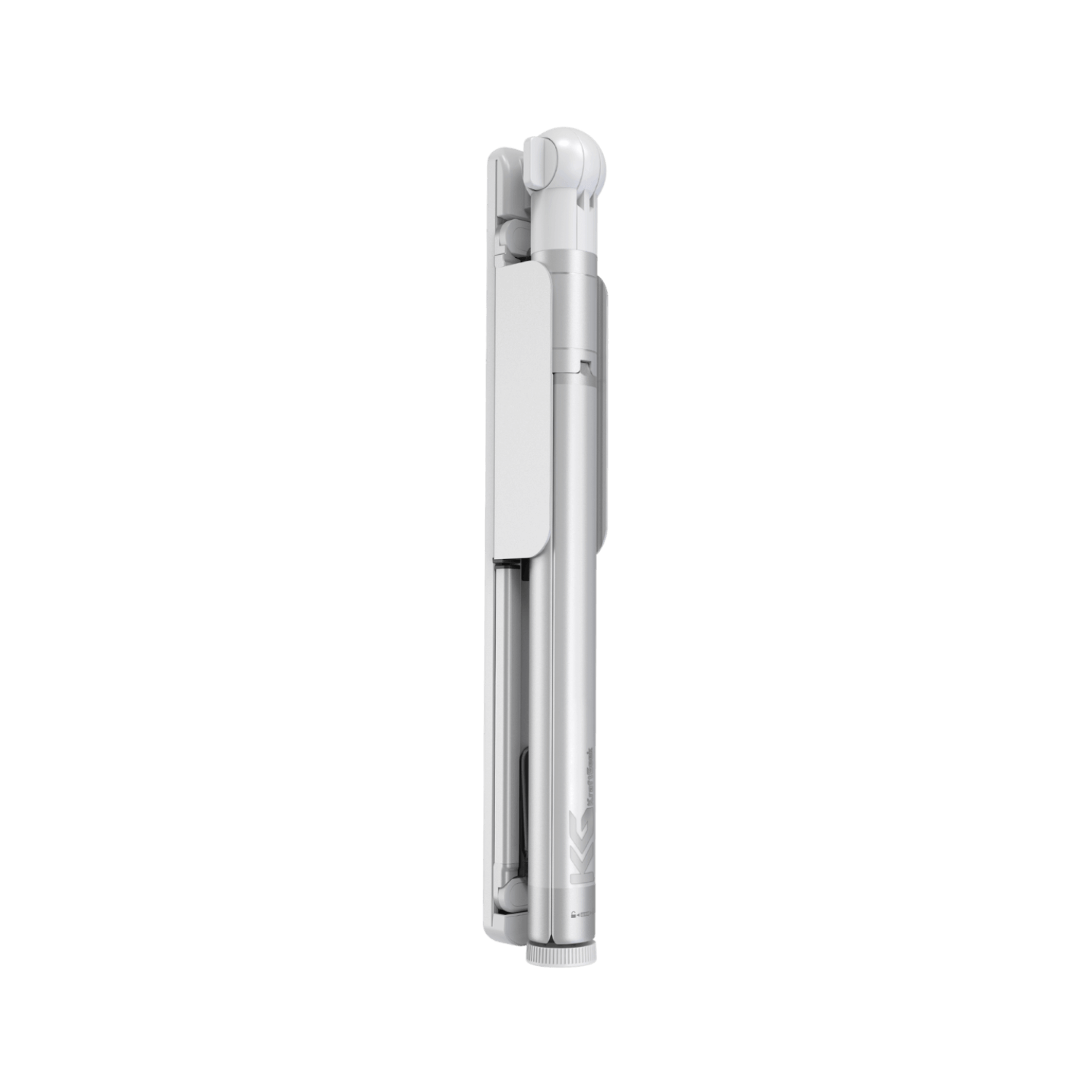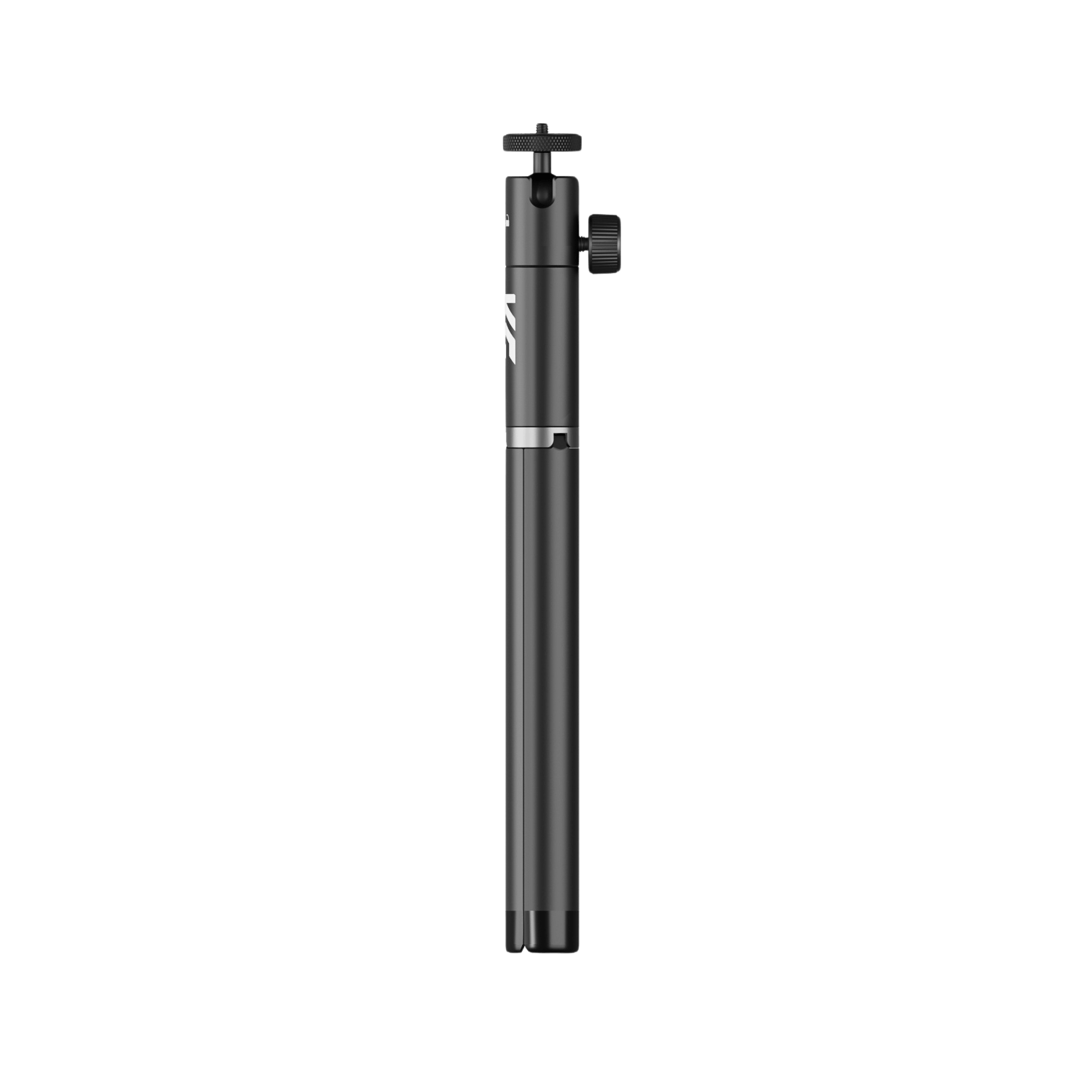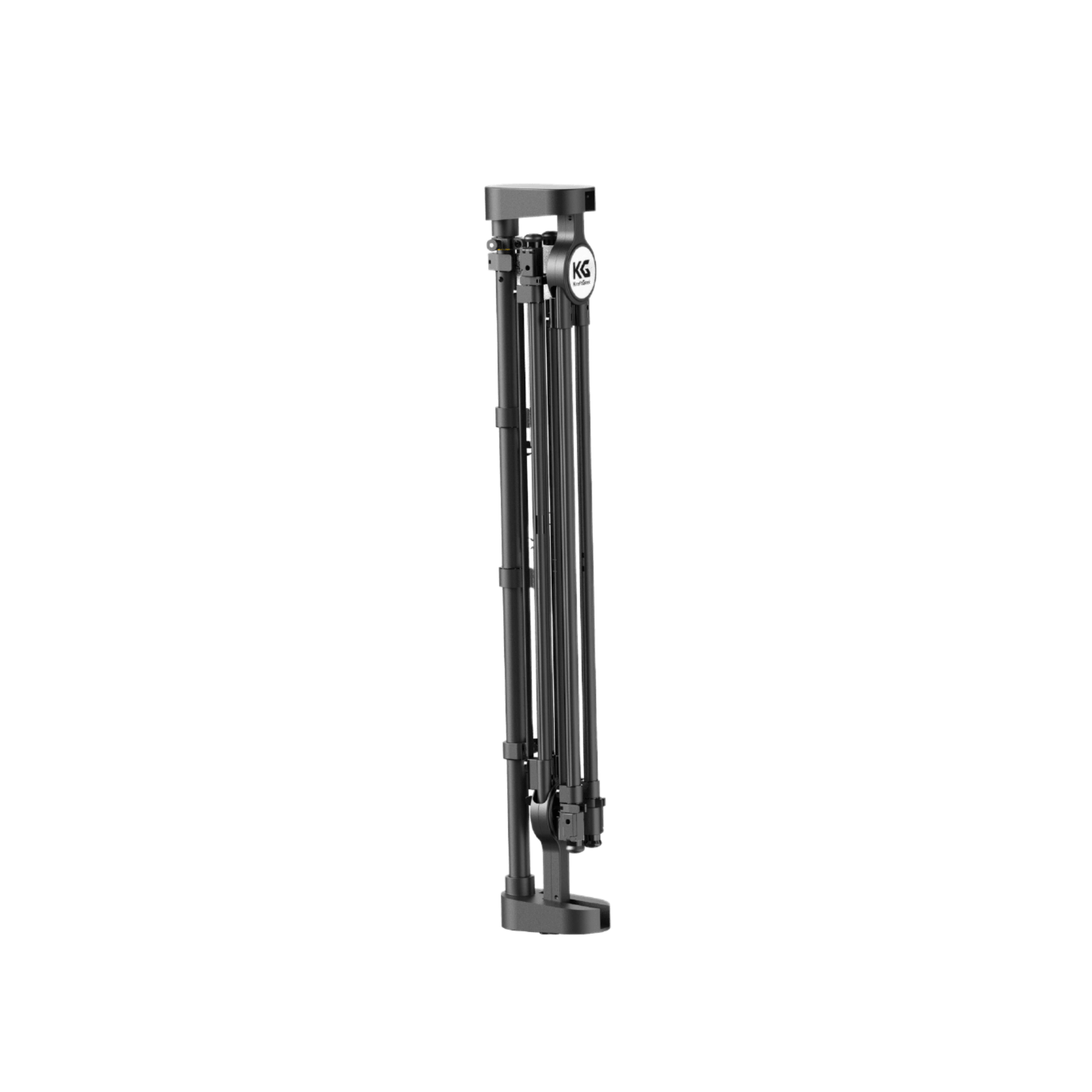Guitar pedals are like little magic boxes that can totally transform the sound of your guitar. They’re small devices that you step on to activate, and once turned on, they can make your guitar sound like it’s coming from a whole different world!
Understanding Guitar Effects
Guitar effects pedals changes the sound of your guitar in some cool and interesting way. There are all kinds of effects pedals out there, and each one does something different to your sound. Some pedals make your guitar sound distorted and crunchy, while others add echo and reverb, making it sound like you’re playing in a huge cave.
Different Types of Effects Pedals
1. Gain Type Pedals
- Distortion: When you want to add some grit and punch to your guitar sound, distortion pedals are the way to go. They take your clean signal and crunch it up, making it sound rough and edgy. Distortion pedals are perfect for rock and metal players who want that big, powerful sound.
- Compression: Compression pedals work by squishing the dynamic range of your guitar signal, making the quiet parts louder and the loud parts quieter. This evens out your sound and adds sustain, making your notes ring out longer. Compression pedals are great for smoothing out your sound and making it more consistent.
- Overdrive: Overdrive pedals are like a lighter version of distortion pedals. They add a warm, crunchy tone to your guitar sound without completely changing its character. Overdrive pedals are perfect for blues and classic rock players who want a smoother, more natural sound.
- Fuzz: If you want to really push your guitar sound over the edge, fuzz pedals are the way to go. They take your signal and blast it into a fuzzy, buzzy mess that sounds like it’s coming from another planet. Fuzz pedals are perfect for experimental and psychedelic players who want to push the boundaries of what’s possible with a guitar.
2. Time-Based Pedals
- Delay: Delay pedals do exactly what their name suggests: they add a delayed version of your guitar signal to create an echo effect. You can adjust the delay time and feedback to create everything from subtle slapback echoes to massive, swirling soundscapes.
- Reverb: Reverb pedals simulate the sound of playing in a big, spacious room. They add a lush, ambient quality to your guitar sound, making it sound bigger and more atmospheric. Reverb pedals are perfect for adding depth and dimension to your sound.
3. Modulation Type Pedals
- Chorus: Chorus pedals add a shimmering, watery texture to your guitar sound by mixing in a slightly delayed and pitch-modulated version of your signal. This creates a lush, swirling effect that’s perfect for thickening up your sound and adding movement.
- Tremolo: Tremolo pedals modulate the volume of your guitar signal at a rapid rate, creating a pulsating, rhythmic effect. This adds a dynamic, pulsing quality to your sound that’s perfect for adding drama and intensity.
- Phaser: Phaser pedals modulate the phase of your guitar signal, creating a swirling, sweeping effect that sounds like it’s moving around you. This adds a psychedelic, otherworldly quality to your sound that’s perfect for creating spacey textures and atmospheres.
4. Frequency Pedals
- Wah Pedal: Wah pedals are like a foot-controlled EQ knob for your guitar. When you rock the pedal back and forth, it sweeps through the frequency range, emphasizing different frequencies and creating a vocal-like “wah” sound. Wah pedals are perfect for adding expression and dynamics to your playing.
How to Use Guitar Pedals
Start by selecting one or two pedals that you want to use and experiment with them before adding more to your setup. This will help you get a feel for how each pedal affects your sound and how they interact with each other. Experiment with different pedal combinations to see how they affect your tone. You might be surprised by the unique sounds you can create by stacking different pedals together.
Understanding signal flow is crucial for getting the most out of your guitar pedals. Signal flow refers to the path that your guitar signal takes as it travels through your pedals. Typically, you'll want to connect your guitar to your pedals in the order that you want them to affect your sound.
For example, if you're using a distortion pedal and a delay pedal, you'll want to connect the distortion pedal first so that the delayed signal is distorted as well.
How To Set Up Your Pedalboard
Arrange your pedals in the order that you want them to affect your signal. Typically, you'll want to connect your guitar to your tuner first, followed by your gain pedals (like distortion or overdrive), modulation pedals (like chorus or tremolo), time-based pedals (like delay or reverb), and finally, your amplifier.
When connecting your pedals, use high-quality patch cables to minimize signal loss and maintain the integrity of your tone. It's also a good idea to leave some space between your pedals to prevent accidental activation and make it easier to access their controls.
Recommended Pedalboard Accessories
- Pedalboard Power Supply - A dedicated power supply can provide clean, reliable power to your pedals and eliminate the need for individual batteries or multiple power adapters.
- Pedalboard Case or Gig Bag - Protect your pedalboard during transport with a sturdy case or gig bag. Look for options with padded interiors and adjustable straps to keep your pedals safe and secure on the go.
- Pedalboard Velcro or Dual-Lock - Secure your pedals to the pedalboard with Velcro or dual-lock fasteners to prevent them from sliding around or becoming dislodged during performances.
- Patch Cable Tester - A patch cable tester can help you quickly diagnose and troubleshoot any issues with your pedalboard setup, ensuring that your signal chain remains clean and free of interference.
RELATED: Essential Guitar Accessories Every Player Needs
Stereo vs. Mono Pedals
Stereo pedals process your guitar signal into two separate channels, allowing for a more expansive and spatial sound. On the other hand, mono pedals only have one input and output, which may be sufficient for some setups but may limit your sound's width and depth. Consider your setup and the desired sound you want to achieve when deciding between stereo and mono pedals.
True Bypass vs. Buffered Bypass
True bypass and buffered bypass are two common types of circuit designs found in guitar pedals, each with its pros and cons. True bypass pedals allow your guitar signal to pass through the pedal's circuitry without alteration when the effect is bypassed, preserving your tone. However, they can introduce signal degradation when multiple true bypass pedals are chained together due to high impedance.
Buffered bypass pedals, on the other hand, maintain a constant impedance level and prevent signal loss when multiple pedals are connected in series. However, some players argue that buffered pedals can affect the guitar's natural tone. Consider experimenting with both types to determine which works best for your setup and preferences.
Batteries vs. AC Adapters
Batteries offer portability and simplicity, allowing you to power your pedals without the need for an electrical outlet. However, they can be costly to replace regularly and may not provide consistent power output.
AC adapters, on the other hand, offer a reliable power source and eliminate the need for batteries. They also allow you to power multiple pedals simultaneously using a power supply unit. Consider your performance needs and budget when choosing between batteries and AC adapters for powering your pedals.
RELATED: Ultimate Guide To Hand Position For Guitarists
Product Recommendations
Conclusion
Remember, the beauty of guitar pedals lies in their versatility. Whether you're aiming for classic rock tones, ambient soundscapes, or something entirely unique, your pedals are powerful tools for shaping your sound.









